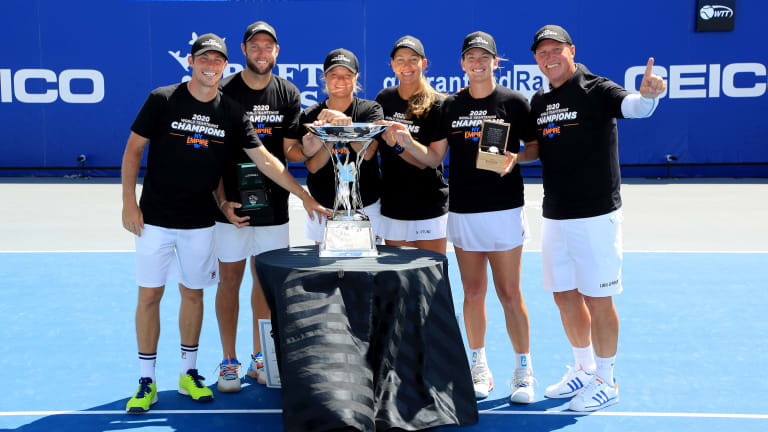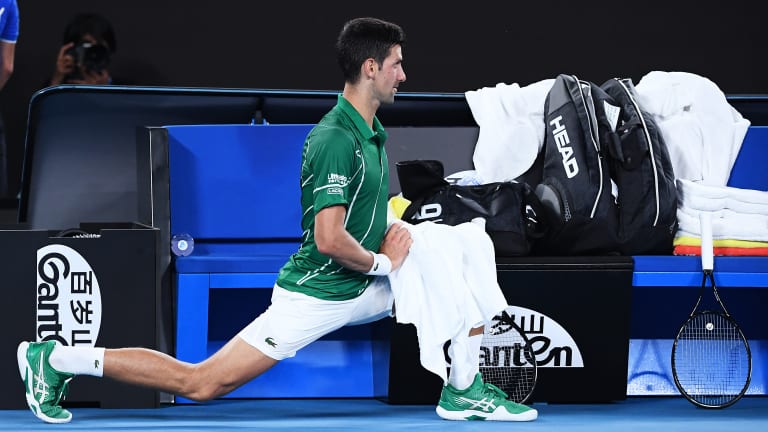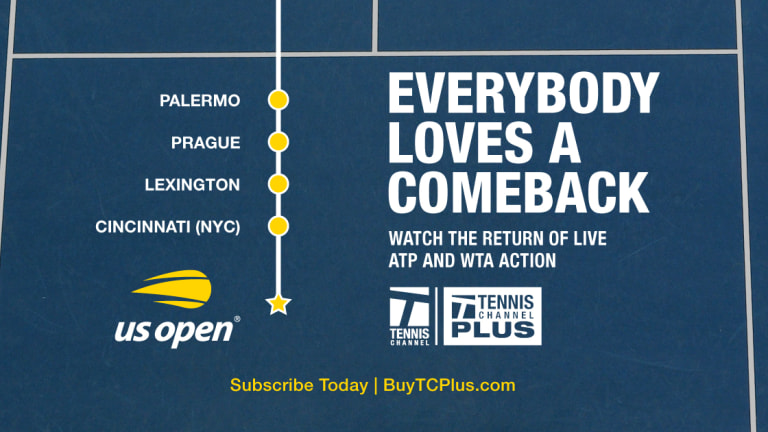The current picture of pro tennis: as uncharted as a new planet
By Aug 19, 2020Sports on TV for Sunday, April 6
By Apr 05, 2025Betting Central
Charleston Betting Preview: Ekaterina Alexandrova vs. Jessica Pegula
By Apr 05, 2025The Tennis Traveler
Billie Jean King Cup Qualifiers takes us across six countries, three continents and three different surfaces
By Apr 05, 2025Your Game
Shoe Review: Adidas Ubersonic 5
By Apr 05, 2025Lifestyle
Jack Draper named global Burberry ambassador
By Apr 05, 2025The Business of Tennis
Top ATP, WTA players pen letter to Grand Slams seeking greater share of revenue
By Apr 04, 2025ATP Monte Carlo, Monaco
2025 Monte Carlo Masters Preview: Carlos Alcaraz tries to dispel the doubts
By Apr 04, 2025Social
Marat Safin on coaching Andrey Rublev: “I can show him the road, but he needs to walk it"
By Apr 04, 2025WTA Charleston, USA
From 6-1, 2-0 down, Jessica Pegula dethrones Danielle Collins in Charleston
By Apr 04, 2025The current picture of pro tennis: as uncharted as a new planet
Call 2020, "The Year of Playing Dangerously." Many factors have entered the picture, from the psychological to the physical, all occurring amid a vastly uncertain landscape.
Published Aug 19, 2020
Advertising

The current picture of pro tennis: as uncharted as a new planet
© SL
Advertising

The current picture of pro tennis: as uncharted as a new planet
© Getty Images
Advertising

The current picture of pro tennis: as uncharted as a new planet